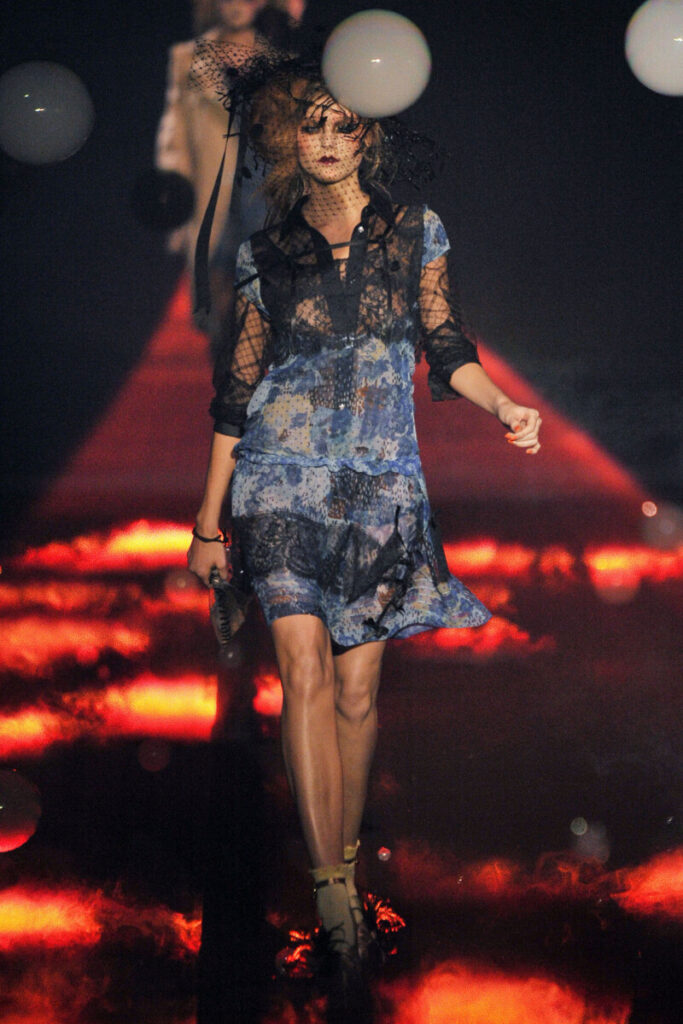Fashion has long been more than mere attire; it’s a mirror reflecting society, culture, and the personalities who have left their mark on it. Throughout history, certain figures not only revolutionized the fashion world but also left lasting imprints on the industry. Yet, behind the glamor of their innovations lie dark secrets that have cast shadows over their legacies. Let us explore the lives of ten historical figures who forever transformed fashion, delving into both their contributions and the darker facets of their stories.
Coco Chanel (1883-1971)
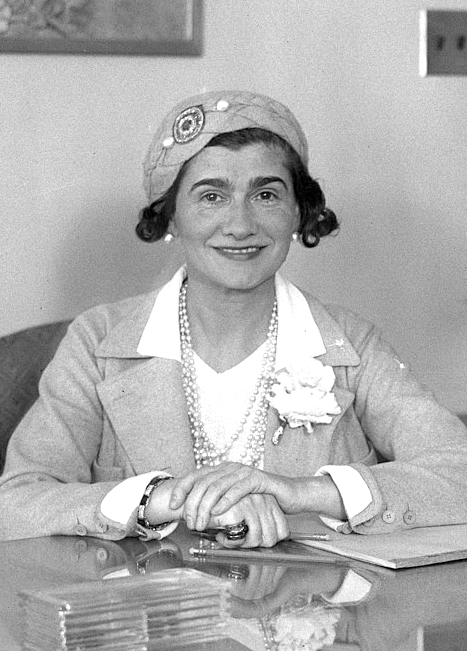
Chanel, known for her timeless elegance, changed the way women dressed with her pioneering concepts. She brought freedom from corsets, offering effortless chic with creations like the little black dress and the Chanel suit. Her imaginative use of jersey fabric was a fashion revolution, and she turned costume jewelry into sophisticated fashion statements. However, Chanel’s life was not without controversy. During World War II, she resided at the Ritz Hotel in Paris, where German military officials were headquartered. This association led to allegations of her involvement with Nazi intelligence, particularly her relationship with German officer Hans Günther von Dincklage. While some argue her actions were driven by survival instincts, these allegations have left a permanent taint on her otherwise stellar legacy.
John Galliano (1960-Present)
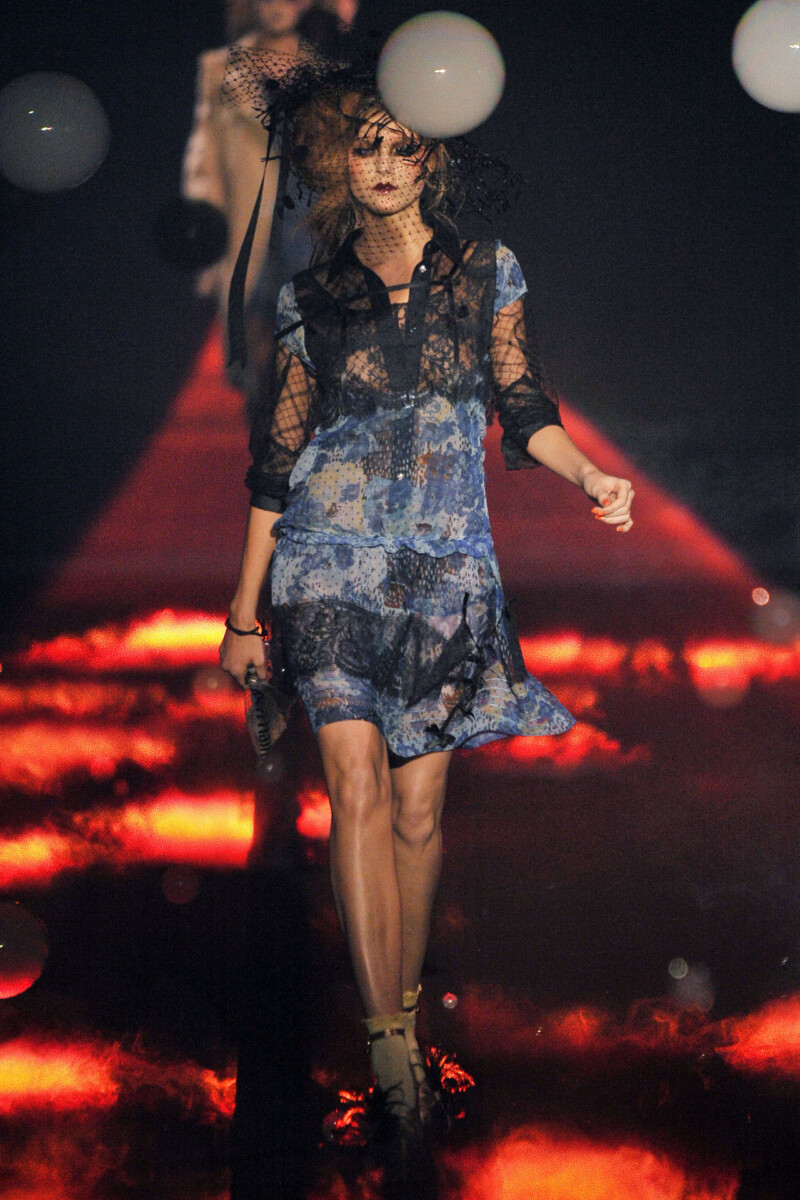
Renowned for bringing dramatic flair to haute couture, Galliano revived prestigious brands like Givenchy and Dior. His elaborate and culturally rich collections continuously pushed the boundaries of fashion. However, Galliano’s career faced turmoil in 2011 when he made anti-Semitic remarks in a Parisian café, which were caught on tape. These comments led to legal action and his ousting from Dior, spotlighting issues of racism within the industry. Galliano later apologized, attributing his behavior to battles with addiction, but the incident remains a stain on his professional journey.
Alexander McQueen (1969-2010)

McQueen, often known as the “enfant terrible” of fashion, was celebrated for his groundbreaking, avant-garde designs. His runway shows blurred the lines between fashion and art, often exploring haunting themes. Off the runway, McQueen grappled with mental health issues including depression and anxiety. The pressures of his career, compounded by personal tragedy, ultimately led to his untimely death by suicide in 2010. McQueen’s tragic story underscores the stark realities of mental health struggles in the creative industry.
Christian Dior (1905-1957)
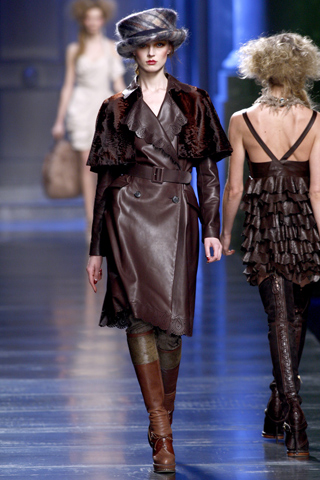
Dior redefined women’s fashion post-WWII with his influential “New Look,” characterized by nipped waists and voluminous skirts. This collection ushered in an era of renewed femininity and lavish elegance. Despite his innovation, some have scrutinized Dior’s activities during the German occupation in France since his fashion house continued operations, dressing wives of Nazi officers. While direct collaboration is unproven, the moral ambiguity surrounding his business decisions in wartime remains a topic of discussion.
Elsa Schiaparelli (1890-1973)

Known for her daring designs and association with Surrealist artists like Salvador Dalí, Schiaparelli was a fearless trailblazer in fashion. She introduced new hues, like shocking pink, that left an indelible mark. Personally, however, she faced distress stemming from her marriage with Wilhelm Wendt de Kerlor, a known con artist and alleged occultist. This personal turmoil, while not directly affecting her professional world, cast a shadow over her life, entangling her in scandal.
Gianni Versace (1946-1997)
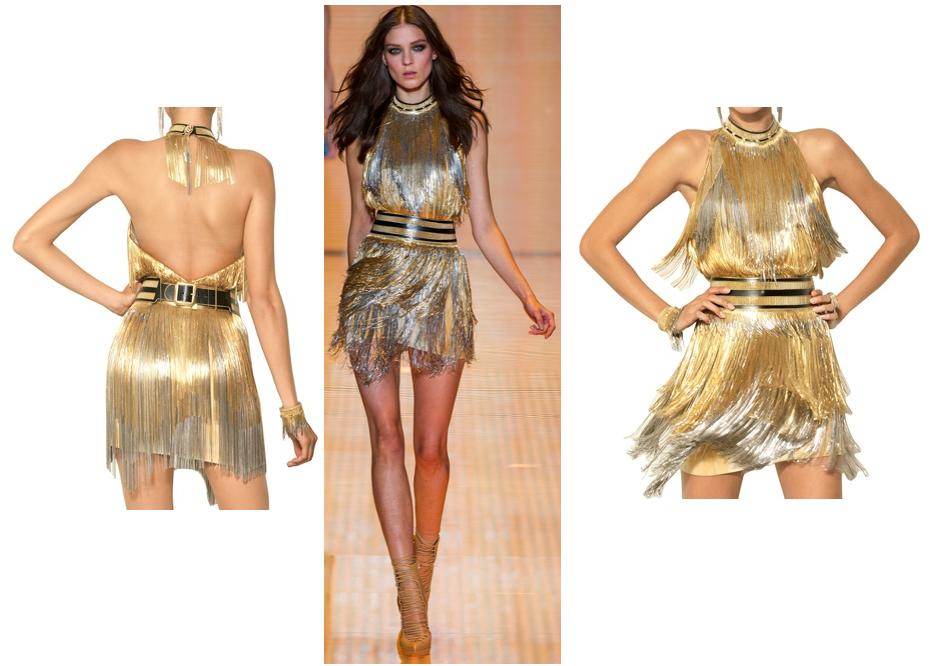
Versace’s exuberant designs brought a vivid splash of color and glamor to high fashion. He was pivotal in merging fashion with music, often using celebrities in his shows. Yet, Versace’s luxurious lifestyle saw him mingling with individuals of questionable repute, leading to speculation about mafia ties. Although these were never substantiated, such rumors contributed to the mystique surrounding his shocking assassination, adding an air of intrigue to his death.
Jeanne Lanvin (1867-1946)
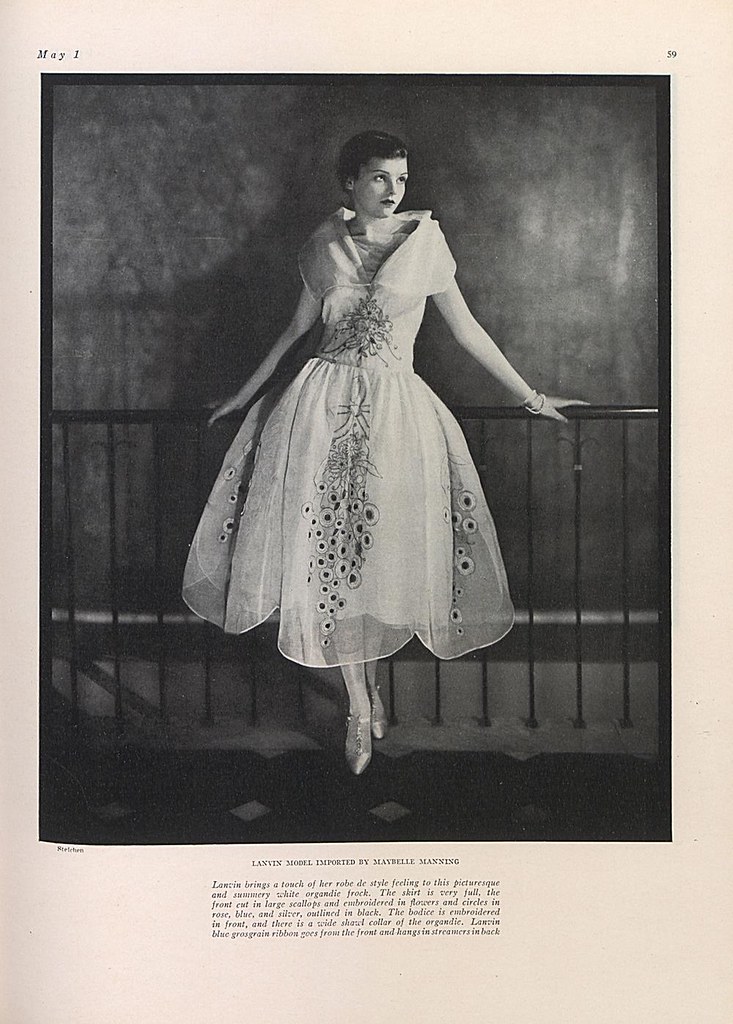
Lanvin was a trailblazer, developing one of the oldest fashion houses in France. Initially designing for her daughter, she expanded her repertoire to include children’s apparel, menswear, and home decor. While esteemed for her maternal demeanor, Lanvin was engaged in fierce business rivalries. Her aggressive business tactics, at odds with her public persona, paint a more multifaceted picture of this pioneering designer.
Charles Frederick Worth (1825-1895)
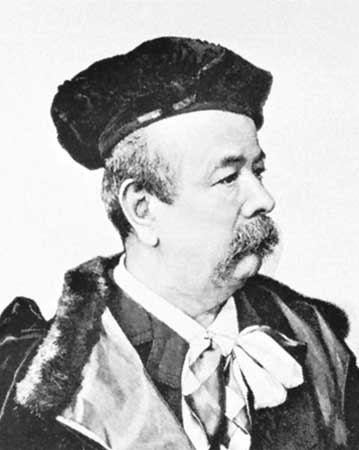
As the father of haute couture, Worth set the stage for modern fashion with his introduction of live models and seasonal collections. A fixture in royal circles, his luxurious creations came at a cost. Like many of his time, Worth exploited laborers working in harsh conditions, highlighting the darker underpinnings of luxury fashion’s history, characterized by the systemic neglect of workers’ rights.
Mary Quant (1930-2023)
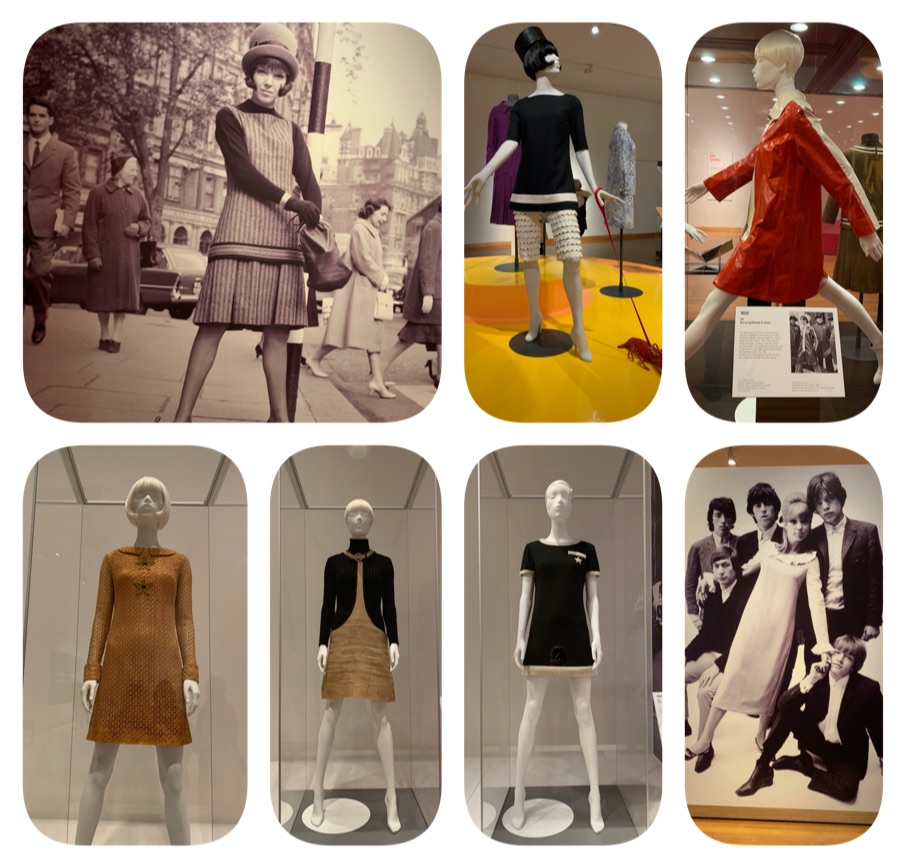
A style icon of the 1960s, Quant gave the world the miniskirt, emblematic of female empowerment and modern youth culture. However, debate surrounds whether she was truly the inventor or merely the popularizer of the miniskirt, as French designer André Courrèges also claims its creation. This controversy underscores broader issues of intellectual property rights within the fashion world, with Quant often at the center of such debates.
Karl Lagerfeld (1933-2019)

A visionary, Lagerfeld transformed Chanel in the 1980s, steering the brand for decades. His personal style became iconic in itself, yet he often courted controversy. Known for making controversial remarks on sensitive subjects, he sparked debates around inclusivity in fashion, leaving a divisive part of his legacy amidst his many contributions to the industry.
These ten figures have undeniably shaped the fashion landscape, introducing innovations that continue to influence designers and consumers alike. However, their legacies are complex, intertwined with personal struggles, controversies, and the societal issues of their times. Examining both their contributions and their “dark secrets” provides a more nuanced understanding of how fashion evolves—not just through creativity and beauty, but also through the intricate, sometimes troubling, human stories behind it.

